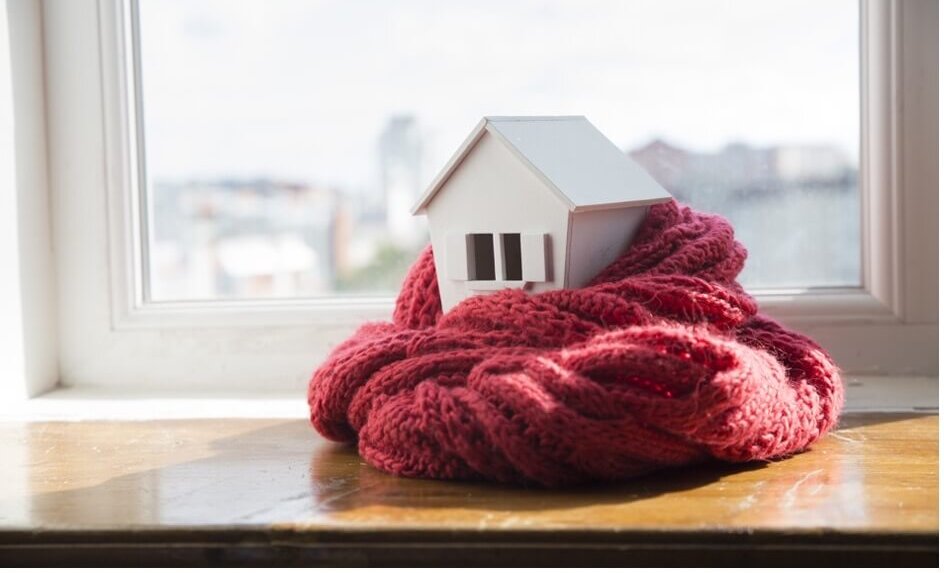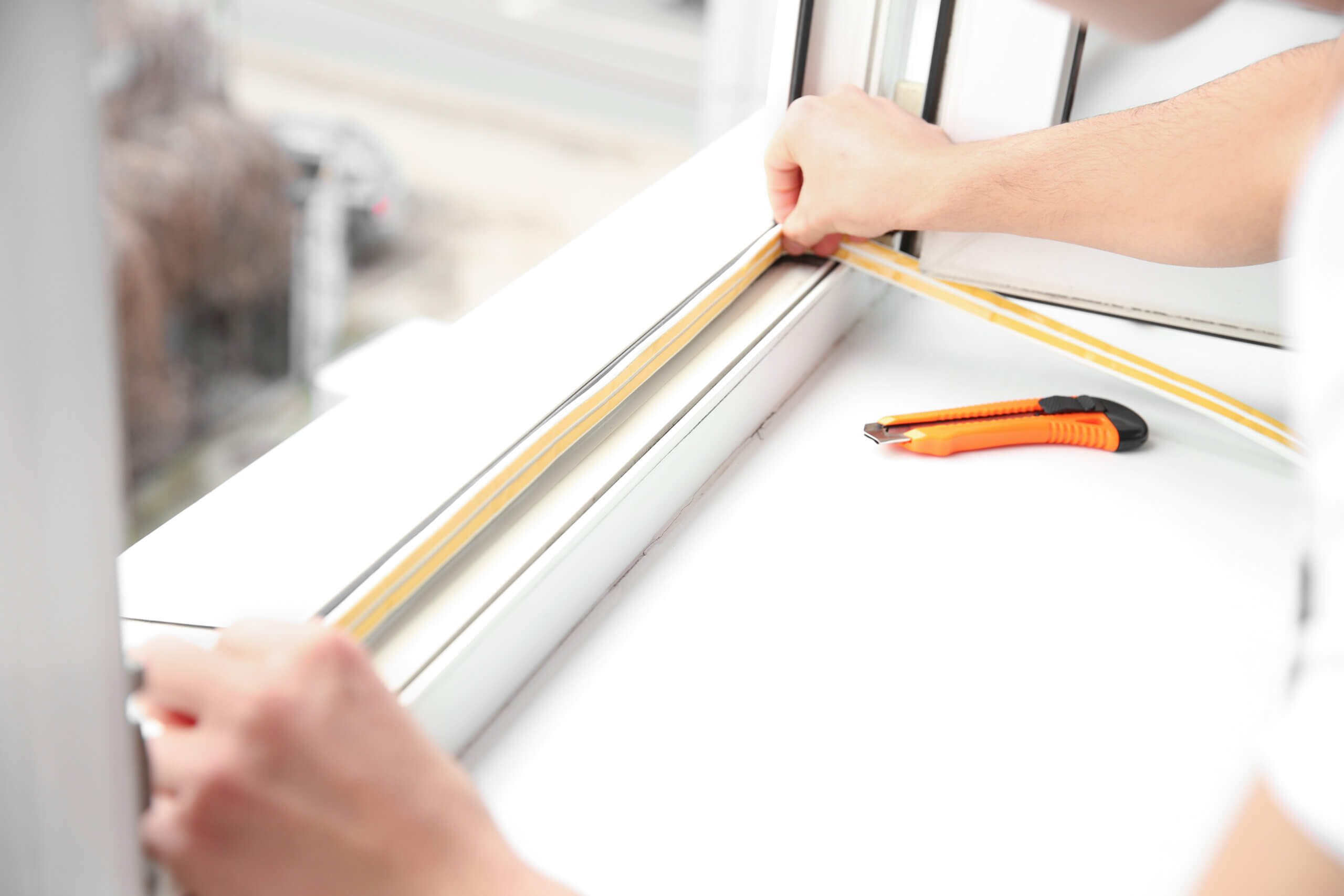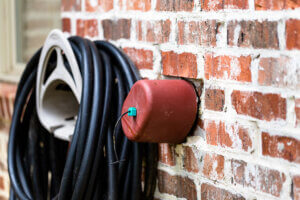
Winter brings colder weather, harsh conditions, and less daylight hours. Avoid costly repairs by winterizing your home. Here are ten essential steps you can take to winterize your home. The sooner you prepare your home for winter, the better!
- Install a Programmable Thermostat – Keep a comfortable temperature in the home without breaking the bank. Use a programmable thermostat to control energy usage while you are not at home for extended periods of time throughout the day.
- Weatherproof Doors and Windows – Prevent drafts of cold air or rain leaks and conserve energy.Inspect your windows to make sure they are properly sealed and cover any holes with a durable caulk. Inspect weatherstripping and replace when worn or damaged.

- Change the Furnace Filter –A dirty clogged furnace filter can cause reduced airflow and consequently reduce the efficiency of the furnace. Change furnace filters every 1-3 months, depending on the thickness of the filter.
- Prepare the Fireplace – Check the fireplace for any animal nests or creosote buildup. Ensure that the fireplace or chimney are free of any soot and other debris. A professional clean annually should keep you safe from any of these hazards.
- Shut Off Sprinkler Systems –Most sprinkler systems are made out of plastic piping, which can easily burst if frozen. While the ground can be sufficient insulation from a milder freeze, it’s better to er on the side of caution.
- Cover Outdoor Pipes – Outdoor hoses, pipes and faucets are at risk of freezing. Insulate pipes and use a Styrofoam faucet cover, and detach outdoor hoses. For extreme temperatures it may be necessary to cut off the water supply to the outside faucets and drain them to prevent freezing or broken pipes.
- Inspect the Roof – Inspect the shingles and make sure there are no obvious holes. Clear debris such as leaves and sticks from the roof and cut back any overhanging tree branches.
- Clean Gutters – Visually inspect gutters to ensure no parts are loose or need repair. Remove all debris like leaves and dirt from the gu
 tters and ensure downspouts are facing away from the home’s foundation.
tters and ensure downspouts are facing away from the home’s foundation. - Protect Plants and Landscaping – Hard freezes and high winds can destroy plants. Fill landscape beds with mulch to help insulate roots. Wrap trees or cover plants with burlap, sheets or tarps during freezes.
- Stock Up – Waiting until the last minute to buy necessities can be a hassle and sometimes during winter storms supplies can be harder to find and ultimately cost more. Stock up on supplies like: flashlights, batteries, emergency car kit, first aid kits, water, pantry food, blankets, pet food, and anything else you see fit for your family.



 tters and ensure downspouts are facing away from the home’s foundation.
tters and ensure downspouts are facing away from the home’s foundation.